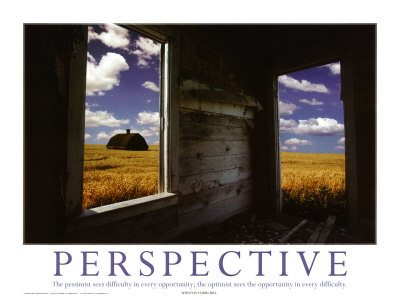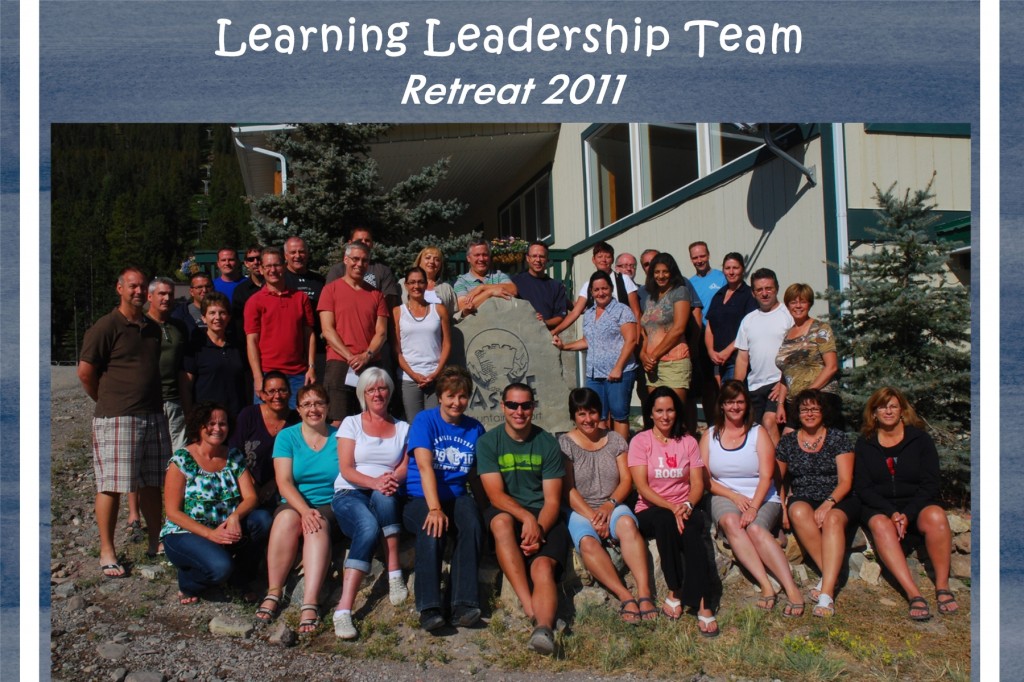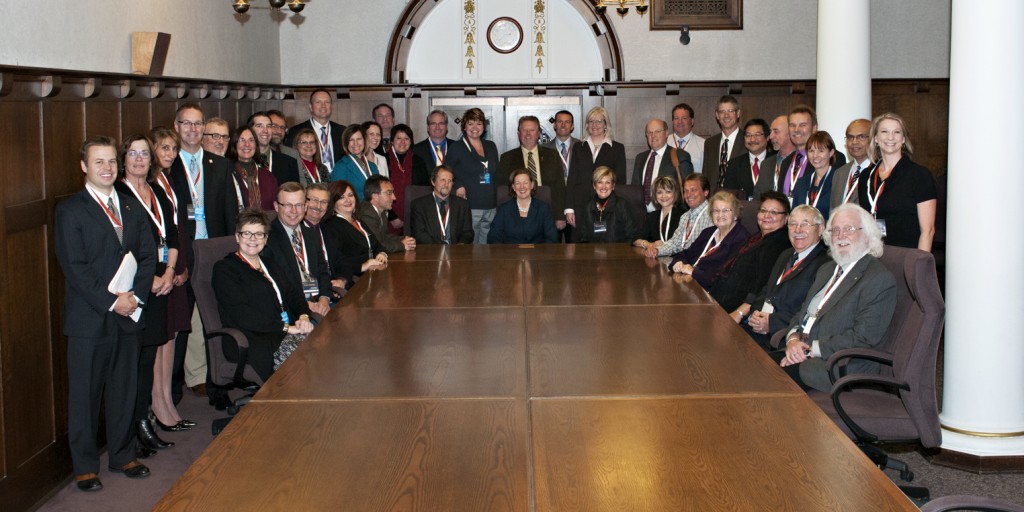Yesterday, I hit the gym as I’ve already put some pre-Christmas weight on and was feeling a little disappointed in myself. While riding a stationary bike, I noticed a young mother pull into the parking lot, get out of her car, into her wheelchair and then unload two small children. Perspective!
Often my exercise regime is far less about keeping in shape and far more about clearing my head and aligning my thoughts. In essence, it allows me to regain perspective! During my workout, I reflected on the many gifts that have been bestowed on me and the many reasons that I should be far more grateful. And, I also reflected upon the many times that we as a society are not nearly as grateful for our own blessings. We have allowed our society to value ME over US and MONEY over MORALS.
Unfortunately, the one place where this thinking should not be commonplace, the education system, has too, fallen under this trend. We complain about workload issues, work stress, limited budgets and other challenges that we “face!” I myself, get frustrated with government decisions, inappropriate actions of staff and unrealistic demands of some parents. Even with all the challenges we face, it is important to put things into perspective. Alberta is still recognized as one of the best education systems in the English speaking world. We receive a high percentage of the provincial budget in funding. We have highly skilled and well paid teachers. We have great supports for students. Our schools are safe and caring and our working conditions are well beyond adequate.
But, if that is our only perspective, we will always want more! Our perspective cannot focus on the monetary piece of our education system. Our perspective must revolve on the giftedness of each of us and the gift of being in the education system. Our perspective must be that we hold the future of children in the palms of our hands each and every day. Our perspective must be that we have the ability to change a world to value “we!” Our perspective must be on knowing that we can make a difference in every child’s life who walks into our room.
Tonight I will attend the prayer service of one of our young students who passed away this past week. This is the second tragedy that has impacted our division in the last number of weeks. It seems so easy to gain perspective on our own lives when we are surrounded by tragedy or other impactful events. During these times, it is quite simple for most of us to recognize that the crosses we bear are far smaller than many others. But what about when those tragedies become only a faint memory? Do we still have the right perspective?
We are surrounded by people who may have sacrificed much, carried burdens for a long time and have suffered silently! If our perspective continues to focus on the “me” we will never recognize those who truly need and deserve our support. If our perspective continues to be on what I don’t have instead of what I do have, we will never be happy. Today and tomorrow and the tomorrow after that, look at all the blessings we’ve been given not the burdens we face. Welcome the opportunities we’ve been afforded. Seize the gifts of each day because that’s the right perspective!





